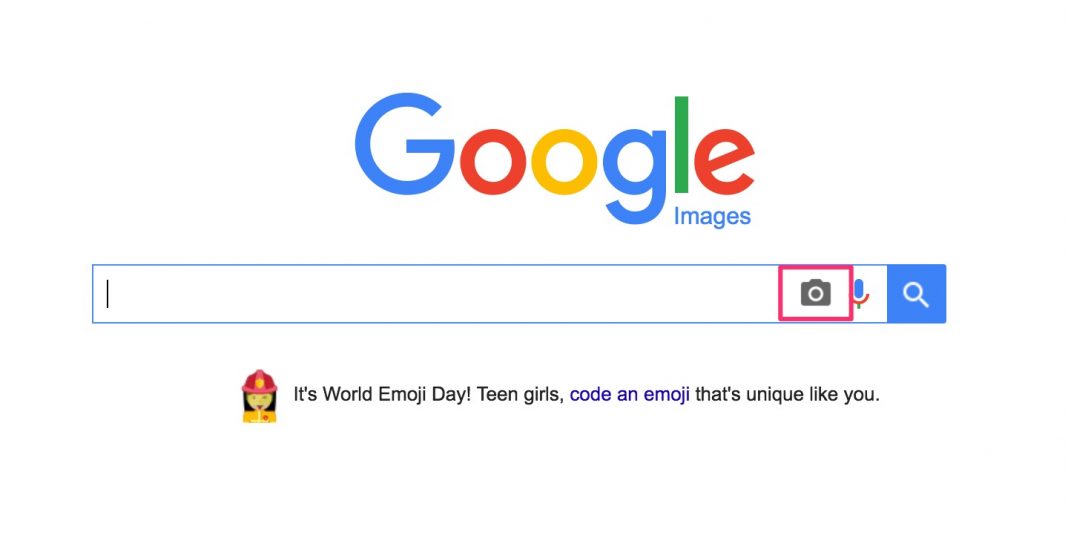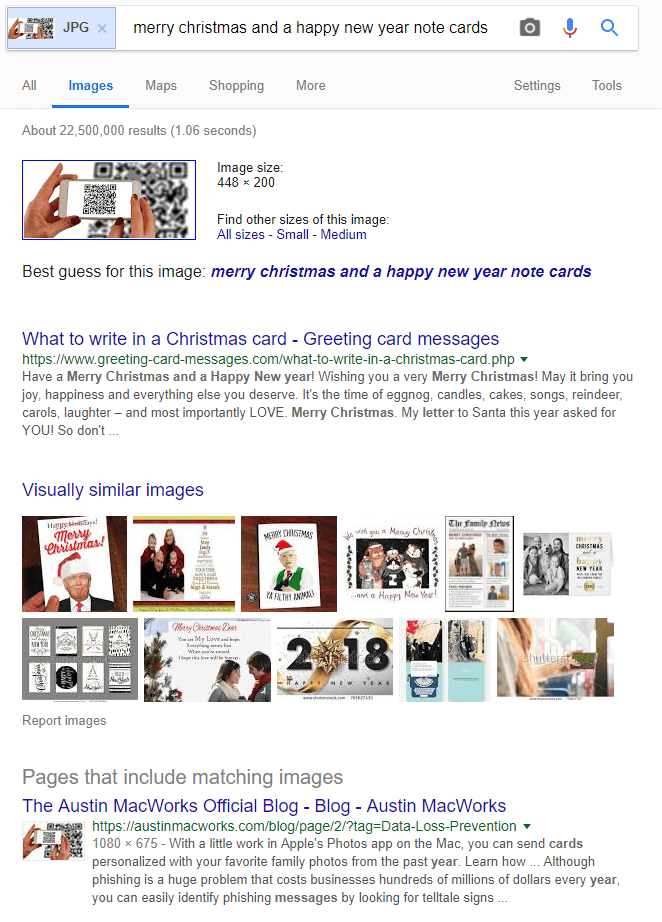

You can also allow comments, discussions, or ratings for every image. Also, make sure you provide unique info like descriptive titles and captions on every page. Consider gathering all the image-related info on this page. Landing PageĮven if your image appears on multiple pages of your website, think about designing a standalone landing page for every image. These images are more likely to get clicks from viewers. Clear images will also look better in the thumbnail versions Google displays in the search results. Moreover, other webmasters are more likely to include high-quality images, which can divert traffic to their website. They attract visitors more than ugly, unclear images. Here’s what Google recommends to keep your photos user-friendly: High-Quality Photos

Ensure your photos aren’t unappealing, blurry, sluggish to load, or awkward. However, you must use photos that are relevant to your topic.Įverything about your images should be related to your website’s topic, and this will organically grow your traffic. You don’t have to create an infographic for every piece of content you create. An infographic can bring a large number of visitors and establish your authority in no time. At the same time, they can add rich details to your content. Infographics are ideal for enhancing your traffic with relevant images.

You can manage images in SVG format – such as to resize them without losing quality – via CSS or JavaScript. Use tools like Squoosh to convert your photo into WebP. WebP – It will yield high-quality results with smaller file sizes.PNG – Use it if you want to maintain the transparency of your background.JPEG – It’s best for larger photos or illustrations as it gives optimal results in terms of colors and clarity with relatively small file sizes.It all depends on the type of photo and how you want to use it. Choose the right format.įor images, there’s no right format. This will help Google know what the image is about without even looking at it. Use your focus keyword in the image file name. There are several factors you should consider: Choose the right filename. Once you’ve got the right image – whether it’s an illustration, chart, or graph – the next step is to optimize it before using it on your site. There are many other ways to find exclusive photos and still avoid stock images. Also, try to put the photo close to the related text.ĭon’t have any images of your own that you can use? No problem. Or, it should have an illustrative purpose within the content. The image you use should reflect the blog topic. If you’re selecting a random picture just to get a green bullet in your SEO plugin’s content analysis, then you’re doing it all wrong. Likewise, your blog needs photos relevant to the subject. Remember, your ‘Meet The Team’ page needs pictures of your actual team, not some random guys standing in a stock photo. We strongly recommend using original images, the ones that you or your employees have taken.


 0 kommentar(er)
0 kommentar(er)
